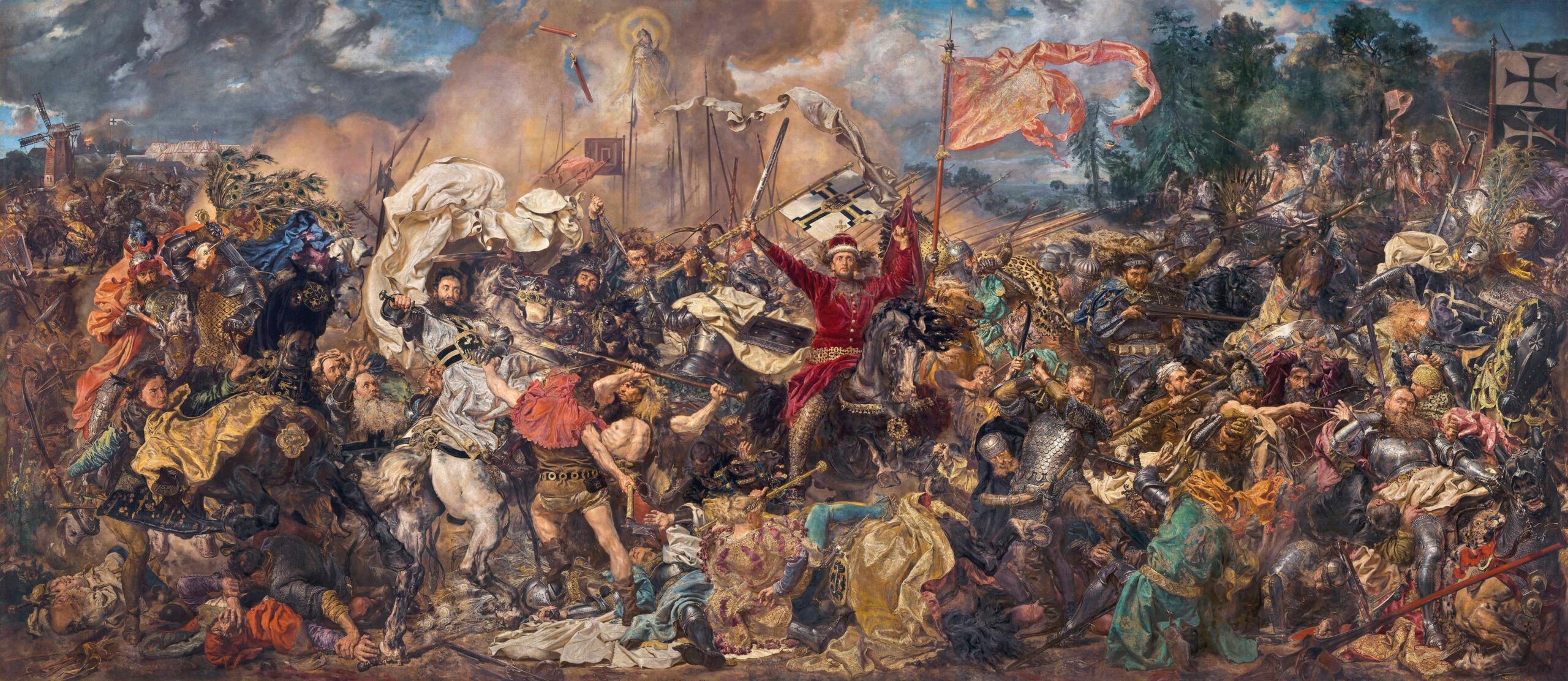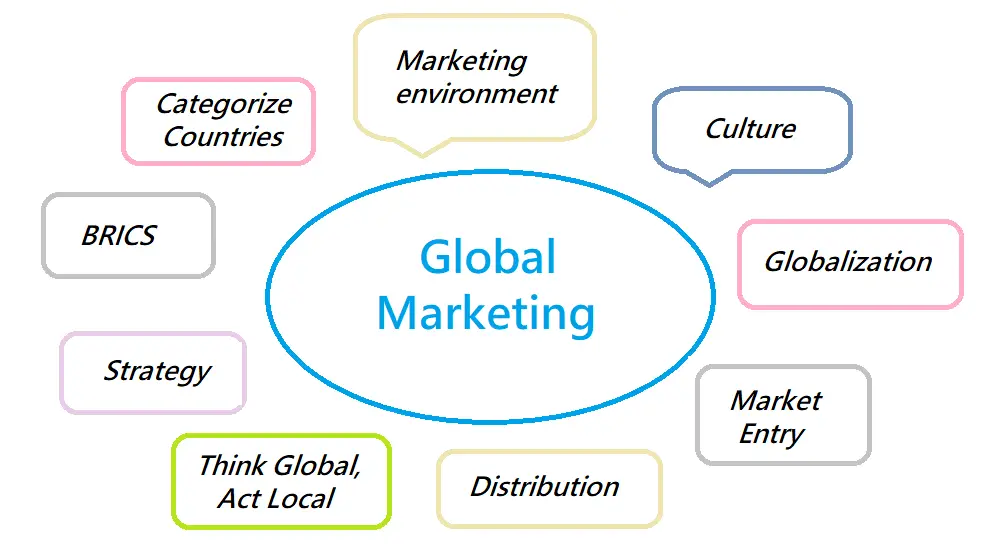
The art of zoo design and curation is a captivating world, where every detail matters in creating and managing these remarkable institutions. With a focus on modern conservation efforts, zoos have evolved to become some of the most dedicated organizations in the preservation and protection of wildlife.
Zoo design is a complex process that involves thoughtful exhibit design, animal welfare considerations, and creating naturalistic habitats that promote the well-being of the inhabitants. All of these factors contribute to the overall experience of visitors, who are seeking to learn about and appreciate the world of animals.
Zoo curation, on the other hand, involves the careful management of the animals’ daily lives, including nutritional needs, healthcare, and enrichment programs. With a focus on animal welfare, zoos are committed to providing a safe and stimulating environment for their inhabitants, and they have evolved to prioritize education and conservation efforts, which have become the cornerstone Art of zoo management.
Join us on a journey to discover the fascinating world of zoo design and curation, as we explore the evolution of these institutions and the vital role they play in contemporary conservation efforts.
Contents
The Evolution of Zoo Design and Curation
Over the years, zoos have undergone a significant transformation in terms of design and curation. What was once thought of as a collection of caged animals has now evolved into a place where animals can thrive in more naturalistic habitats, and visitors can learn about them in a meaningful way.
Zoo Evolution
Zoo architecture has come a long way since the first zoos were established. Cages have been replaced by more spacious enclosures that resemble the natural environments of the animals. This shift towards a more naturalistic approach has been driven by the desire to provide animals with a better quality of life.
In addition to rethinking the physical space, zoos have also been adopting animal enrichment programs. These programs aim to provide mental and physical stimulation for the animals to enhance their well-being. Through these programs, animals are given opportunities to engage in natural behaviors, explore their environments, and interact with other animals.
Animal Enrichment
Animal enrichment is an integral aspect of zoo curation. It involves creating an environment that promotes the physical, social, and mental well-being of animals. This can be achieved through various means, such as providing the animals with toys, puzzles, and other objects to stimulate their senses and challenge their cognitive abilities.
Enrichment can also be provided through food puzzles, which require animals to use problem-solving skills to access their food. For example, a puzzle feeder can be used to challenge a primate’s dexterity and cognitive abilities. By presenting food in a way that encourages animals to think and work for their meals, zoos can simulate the kind of challenges that animals would encounter in the wild.
Overall, animal enrichment programs are an effective way of ensuring that animals are happy, healthy, and thriving in their zoo environments.
Conservation as a Cornerstone of Zoo Management
Zoos have been pivotal in conservation efforts, acting as a safe haven for endangered species. Many zoos prioritize wildlife conservation and undertake initiatives to preserve and protect endangered species.
The Importance of Zoo Conservation Efforts
Through the years, zoos have made many significant contributions to endangered species preservation. Conservation efforts involve captive breeding programs, habitat restoration initiatives, and research projects, among others.
Zoo breeding programs are an essential aspect of conservation efforts. These programs ensure that there are sufficient numbers of endangered species. In cases where wild animals face extinction, the facilities maintain a backup population. This ensures that when wild populations recover, they can recolonize their habitats and prevent species extinction.
Endangered Species Preservation
Zoo management has been fundamental in protecting endangered species from extinction. With the help of conservation organizations, zoos have played a significant role in preserving and protecting endangered animals. Through captive breeding programs, zoos have managed to improve the genetic diversity of the species.
Zoos have also made significant strides in creating public awareness of endangered species. Teaching the public about the terrible effects of poaching and habitat destruction, as well as how to help preserve natural habitats, has significantly reduced the rate of species extinction.
Wildlife Conservation
Zoos have collaborated with conservation organizations and other stakeholders to tackle conservation issues. Through conservation partnerships, facilities share knowledge, resources, and expertise.
One significant wildlife conservation initiative that zoos have undertaken is habitat restoration. Zoos work with conservation organizations to restore habitats that have been destroyed or degraded. Through these programs, zoos aim to reintroduce endangered species into their natural habitats, thereby restoring ecological balance.
In conclusion, zoos play a crucial role in conservation efforts. They help prevent species extinction by providing a safe environment for endangered species, undertaking breeding programs, and other initiatives. Through public education, zoos create awareness of endangered species and the effects of poaching and habitat destruction. Furthermore, conservation partnerships enable zoos to collaborate with other stakeholders in tackling wildlife conservation challenges.







